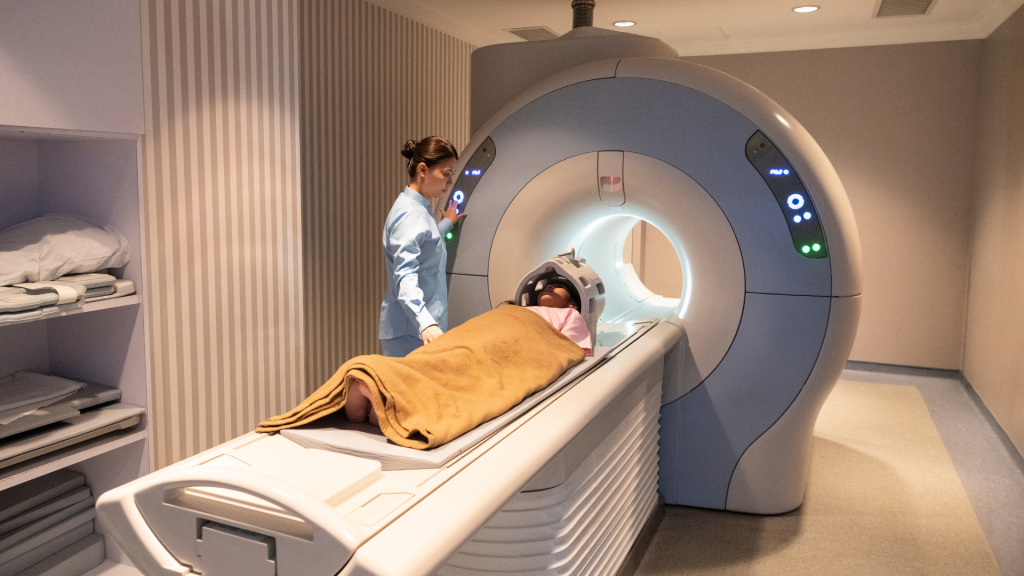Principles of fMRI

What is fMRI?
Definition: Functional Magnetic Resonance Imaging (fMRI) is a non-invasive technique that measures brain activity by detecting changes in blood oxygenation levels (BOLD signal).
Core Principle: Neural activity in the brain increases local blood flow and oxygen demand, which is reflected in measurable changes in the magnetic properties of blood.
BOLD Signal: The Science Behind It
- Hemodynamic Response: Explains how active brain regions consume more oxygen, leading to distinct changes in blood flow and volume.
- Timing: The hemodynamic response has a delayed peak (4-6 seconds post-stimulus), requiring careful interpretation.